Understanding the various contract options available will help you get the best deal and avoid hidden business energy commission
Business gas and business electricity deals vary greatly from their domestic counterparts; just as the way you use your energy in a professional setting will differ from how you use it at home. However, like domestic energy, contracts and offers can vary significantly between suppliers.
It’s important to understand the different types of offers available so you can assess your own business energy contract, and check whether you’re getting the best deal for your organisation. It will also help you learn whether or not you’ve been victim to hidden business energy commission, and have grounds to pursue a mis sold business energy claim. Focus 360 Energy employ experienced Commercial Energy Assessors, accredited to perform Commercial EPC Certificates in the UK for Levels 3, 4 & 5.
Deemed or out-of-contract contracts
A deemed contract is one that usually applies when you move into a new business premises and don’t have a contract agreed. It can also be put in place if your current contract ends but your supplier continues to provide the energy that you use.
Often, businesses fall into deemed contracts when suppliers do not state what will happen at the end of a contract, or when the contract does not have renewal provisions in place. It’s best to avoid deemed contracts where possible, as they are usually among the most expensive business gas and business electricity deals. Shop around and agree on a contract as soon as you take on premises to avoid paying more than you should.
Fixed contracts
As the name suggests a fixed contract simply means that you are charged a set rate per unit of energy, which is measured in kWh. You are charged this set rate for the fixed term of the contract.
However, remember that this doesn’t fix your total bill, which can still go up and down with your energy usage. As such, you won’t necessarily be paying the same amount every month.
Variable contracts
Unlike fixed contracts, with a variable contract the rate charged per unit of energy can and will change, and this is based on market activity. This can be tricky as it means you could be charged very different amounts for the same energy usage month-on-month depending on how the industry is faring as a whole.
Business energy rollover contracts
Like deemed contracts, business energy rollover contracts are among the most expensive contracts an energy supplier can offer. They normally apply if you haven’t agreed a different contract before you current contract’s end date, and if there are no renewal provisions in place.
Falling into a rollover contract can make you more likely to suffer from a mis sold energy contract, meaning you’re paying more than you should be for your energy. If you’re a microbusiness, remember that rollover contracts cannot last longer than 12 months.
Understanding the need for business energy security
Unlike domestic energy contracts, business energy contracts are not regulated by Ofgem. Not only does this mean that business energy security is virtually non-existent, but it also allows brokers to take advantage of businesses by including hidden business energy commission in their contracts.
In recent years, however, attentive companies have begun to identify the excessive charges in their contracts and pursue business energy claims to win back the money they shouldn’t have been asked to pay. Specialists like Winn Solicitors are helping organisations to make mis sold business energy claims and recoup as much as 20% of their annual energy costs on a no win, no fee basis.
Final note: It’s always best to ask for all the terms of a broker agreement and the energy contract offer to be sent to you in writing before agreeing, and if you think you may have fallen victim to a mis sold energy contract, the time to act is now.





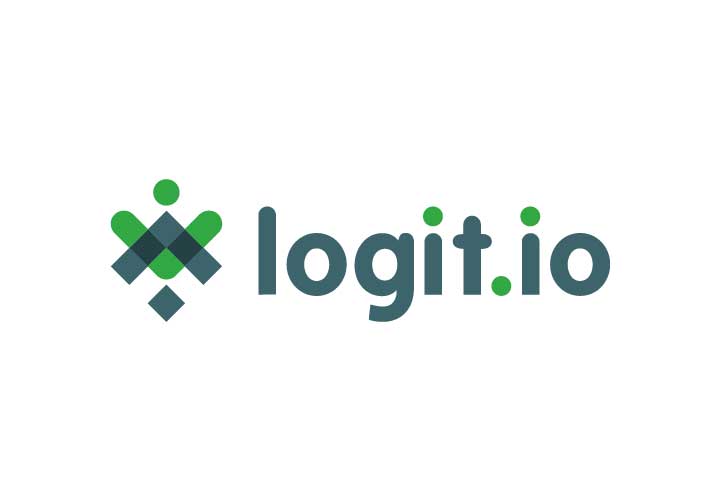







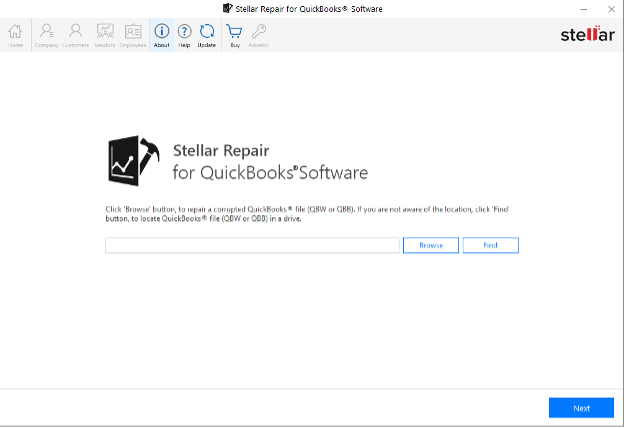
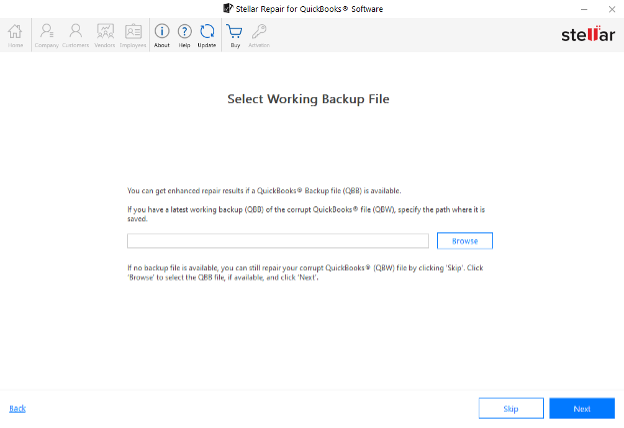
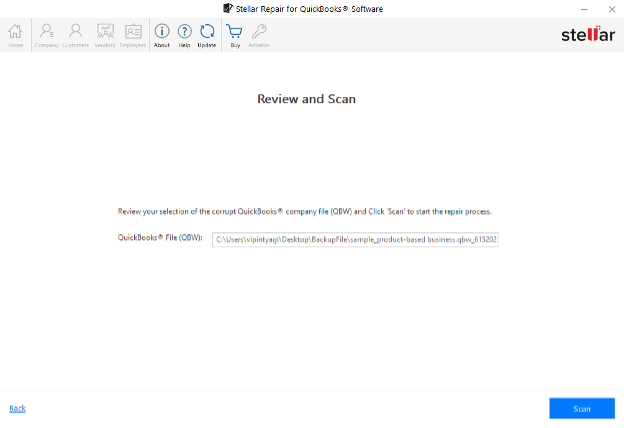
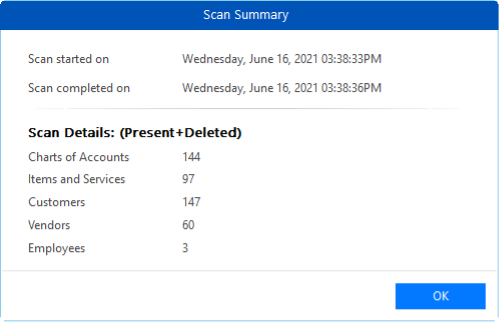
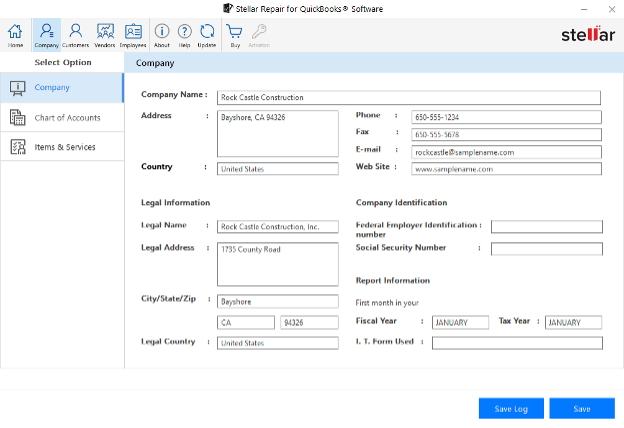
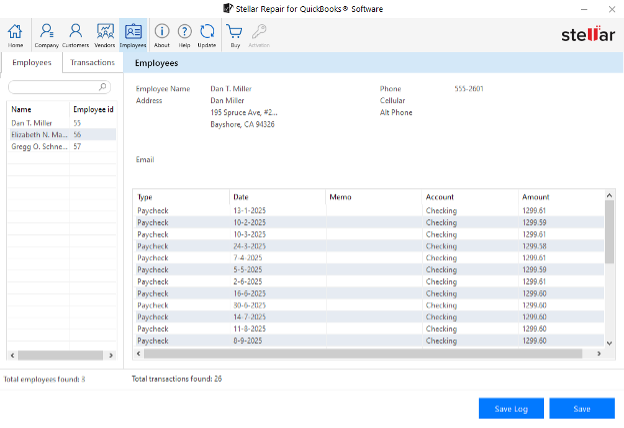
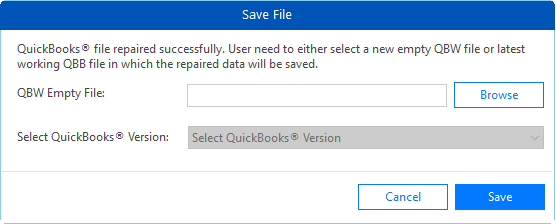
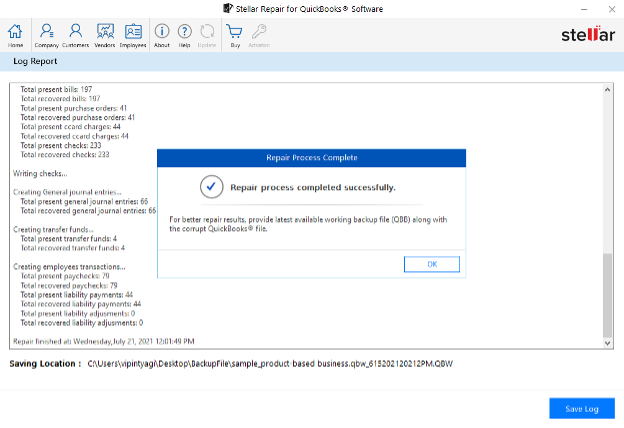

 Bitcoin
Bitcoin  Ethereum
Ethereum  Tether
Tether  XRP
XRP  USDC
USDC  TRON
TRON  Lido Staked Ether
Lido Staked Ether  Cardano
Cardano  Avalanche
Avalanche  Toncoin
Toncoin  Wrapped SOL
Wrapped SOL